Well it’s taken a few years and a lot of help from others behind the scenes but this morning i was pleased to open a self-addressed envelope which i sent outward bound in 2005. Inside were paper Qsl Card confirmations of 10 DXCC’s and 2 of them being new IOTA. The cards were from World traveller and DXpeditioner Vladimir Bykov UA4WHX, from a trip he did around the Countries of Africa around 2005.
Vlad told us some time ago now :- ”Hello everyone! You must have been wondering if it is true. And the answer is – it is. It is all history now. For now – no more being on the air from Africa. I leave almost 310,000 QSOs behind me, 21 DXCC entities, almost 26 months of life, two radios gone and one finger missing. But I do have lots of people happy – that is what matters’’.
The Countries visited by Vlad can be seen from this impressive list of Callsigns:-
3D2VB 4K0VB 4L0B 5H3VMB 5R8VB 5W0VB 5X1VB 7P8VB 7Q7VB 9J2VB 9Q0VB 9U0VB 9X0VB 9X1AA 9X1CK 9X1KC 9X1NF A25VB A35VB AC4LN C21VB C91VB D20VB D60VB H40VB H44VV J20VB JA3ADW P29VVB ST2VB T20VB T30VB UA4WHX V31BV V51VV V63MB V73VV YJ0VB ZK2VB
Thanks to all the team behind the scenes who have managed to get the cards out and thanks once more goes out to Vlad for his excellent DX’
If you would like to see more of the Qsl Cards that have been received from Vladimir then please have a look in the Qsl Card section of the Gallery where most have been uploaded.
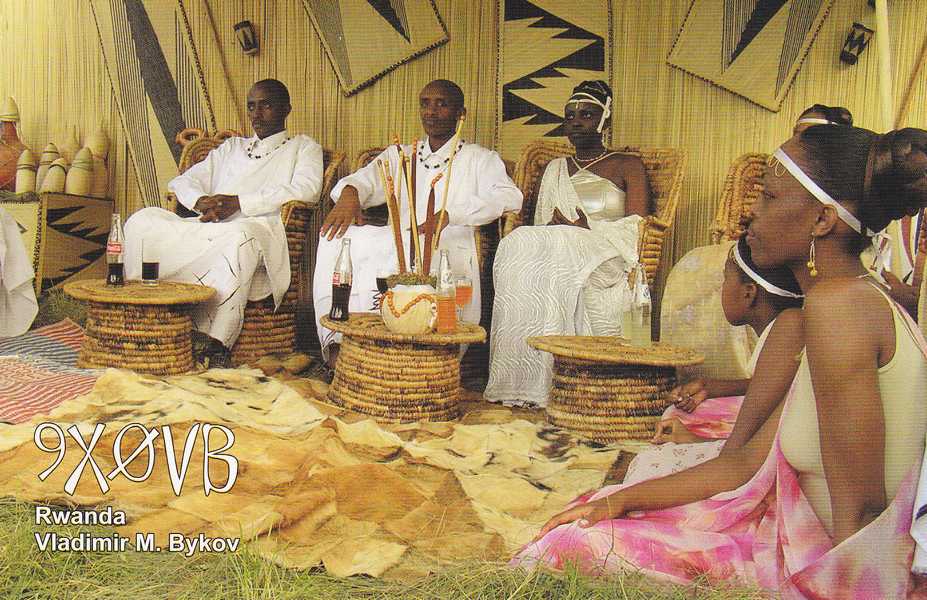
73 de Charles…

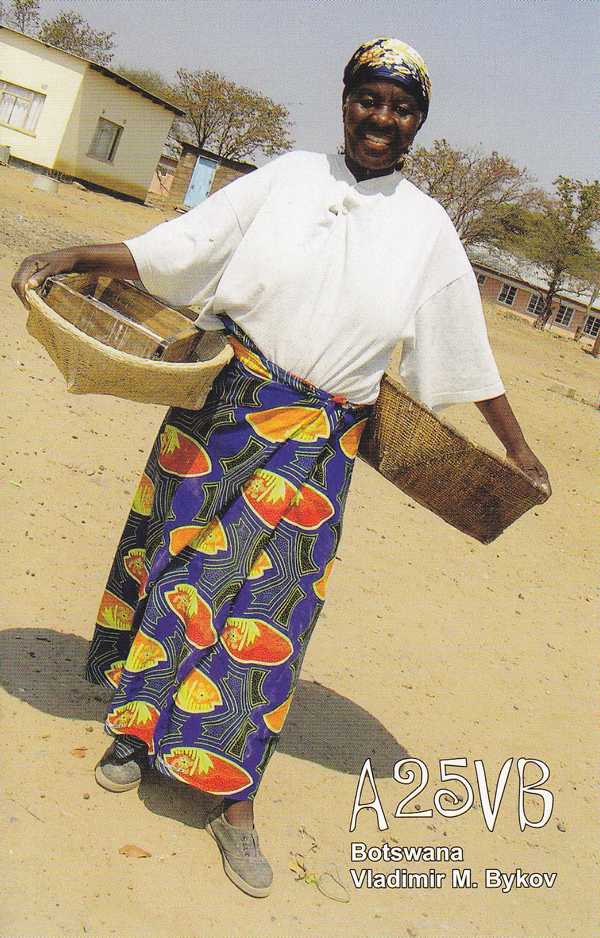
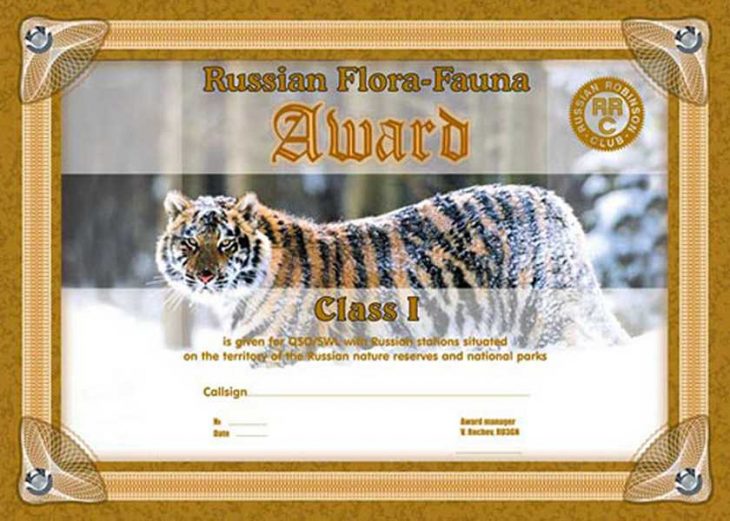

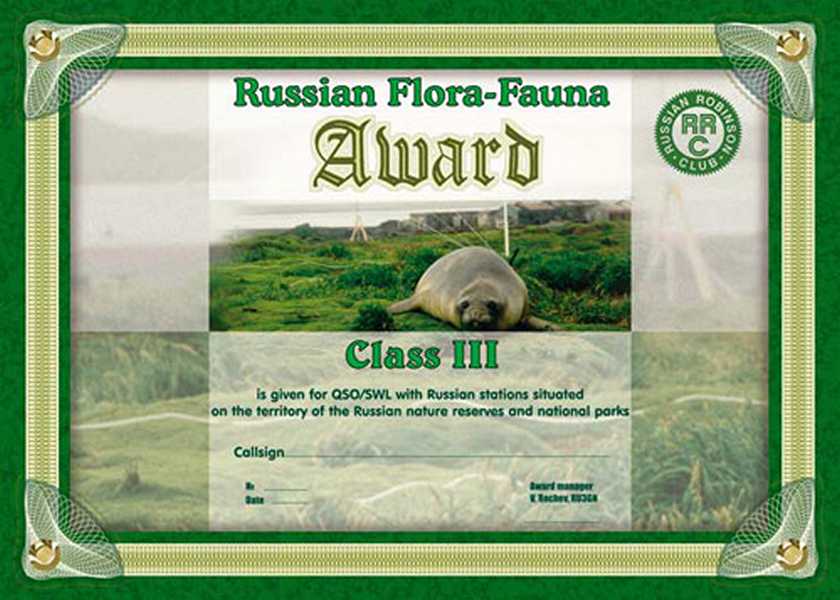
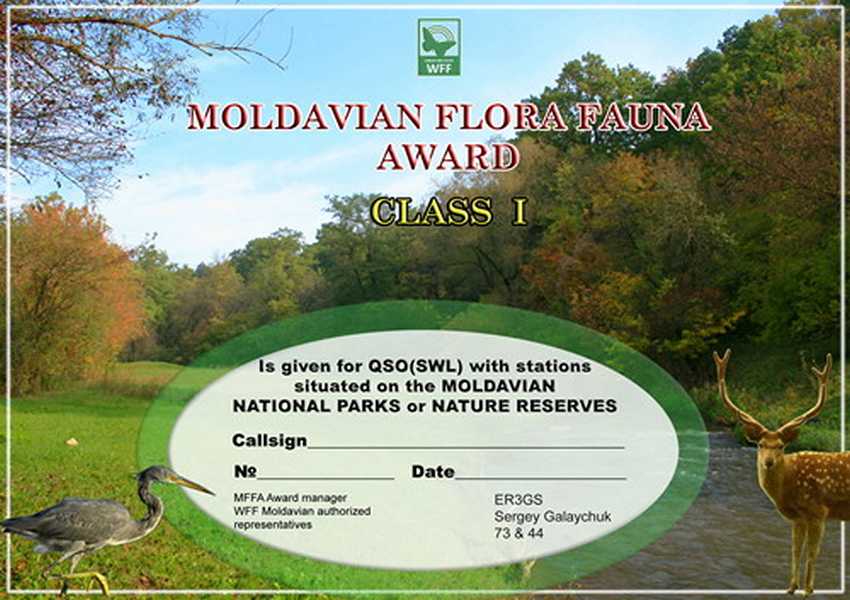
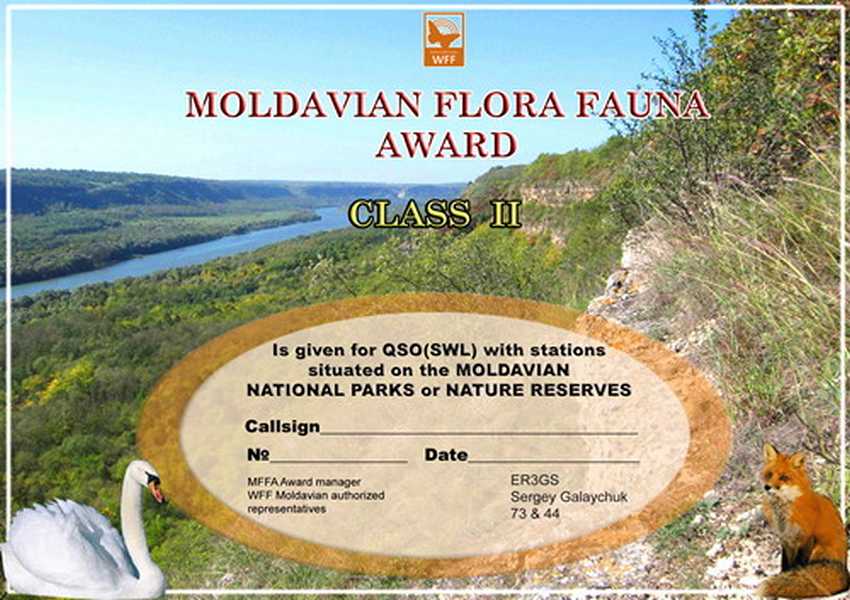
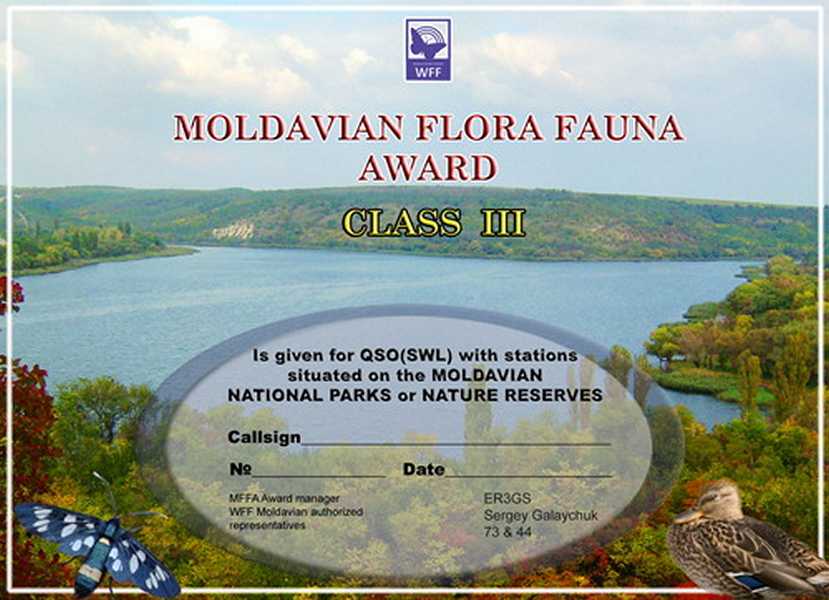
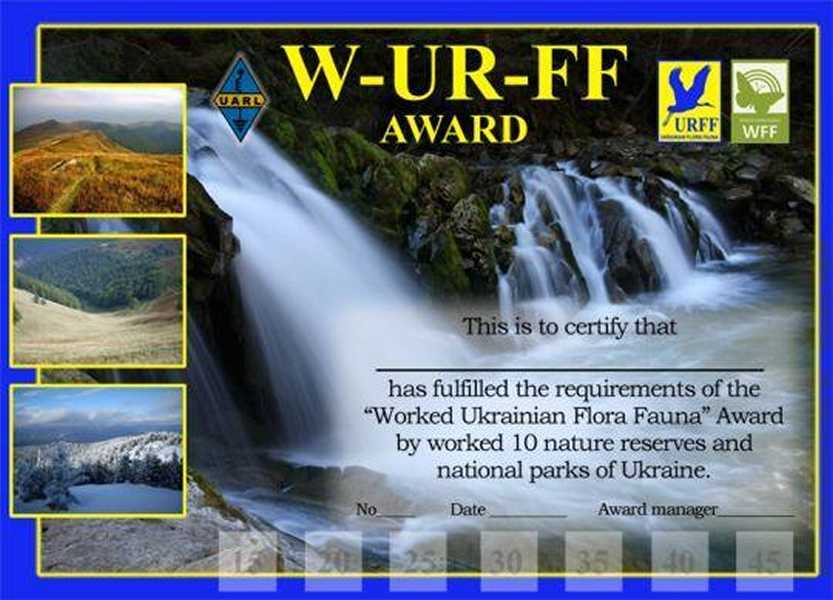
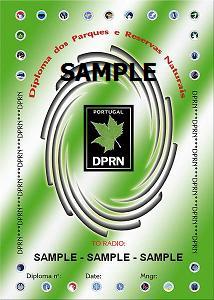
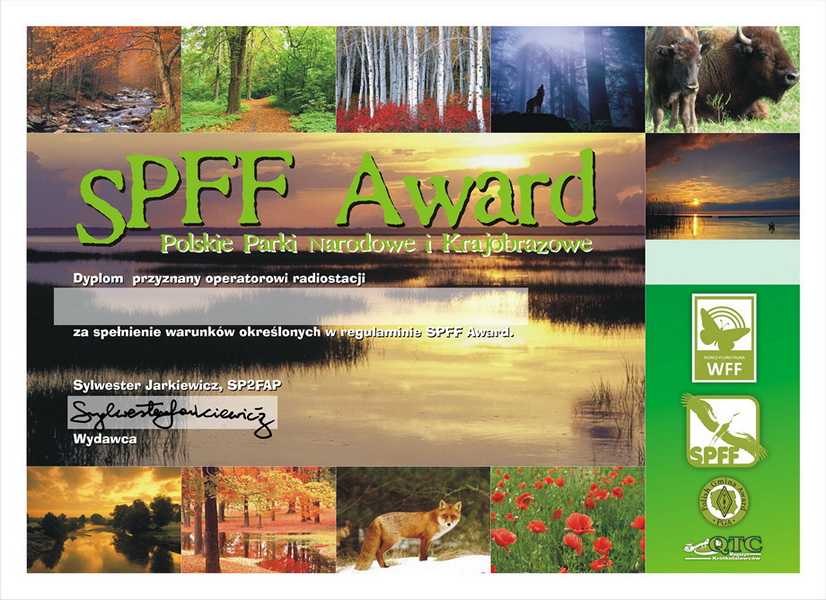
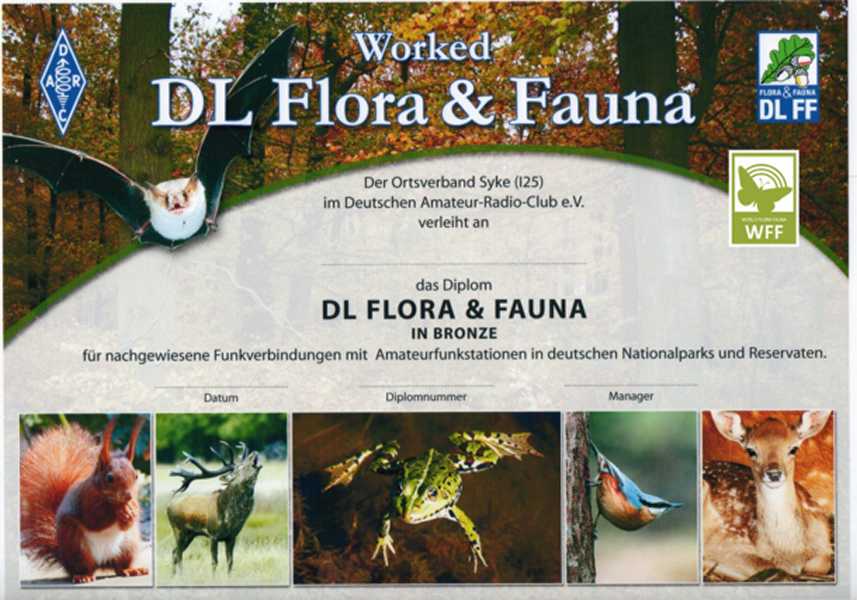
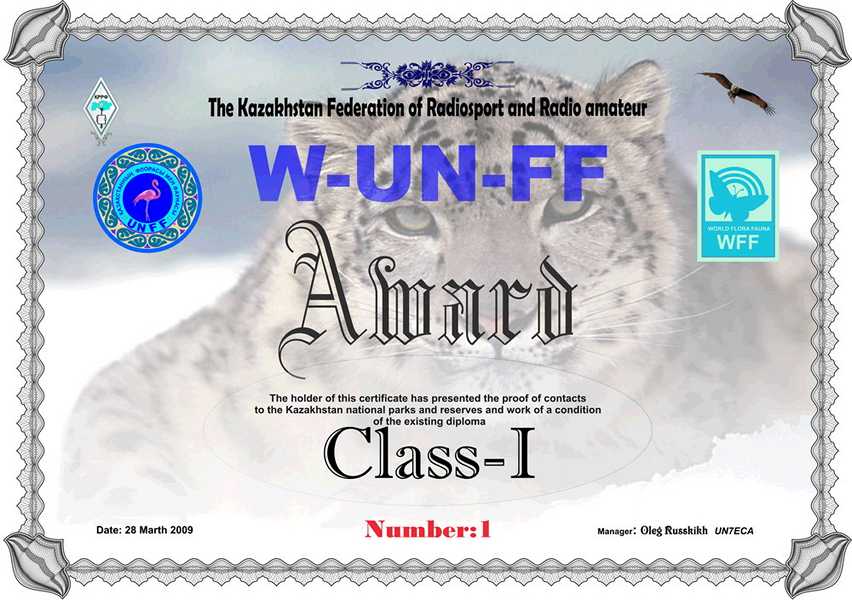
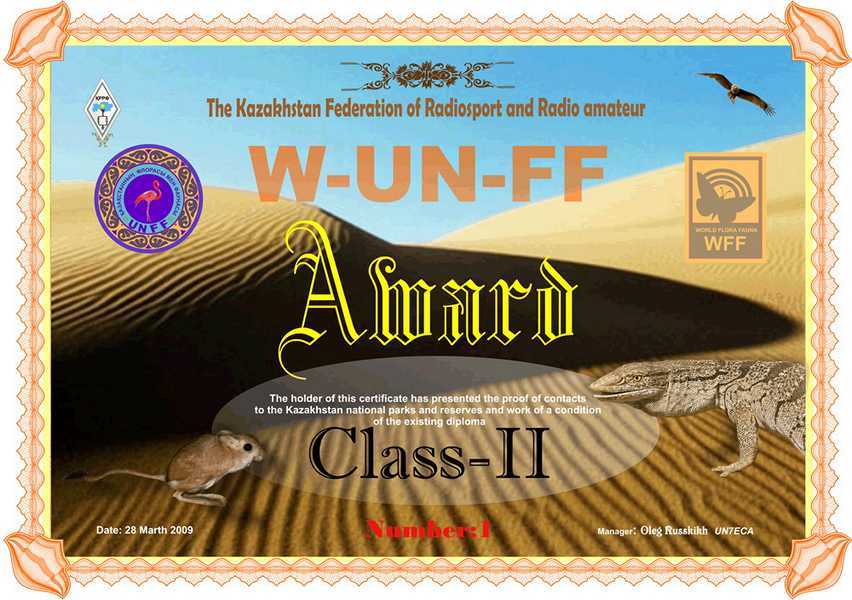
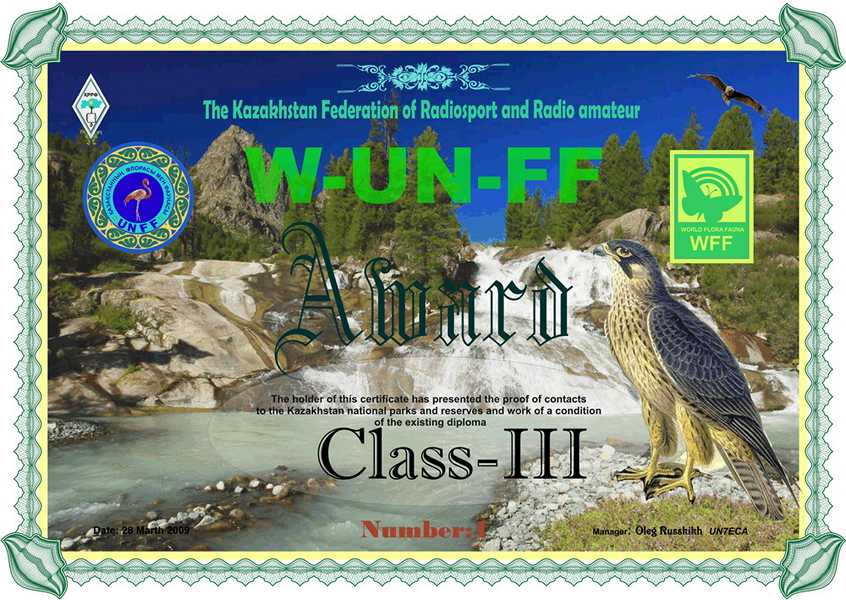
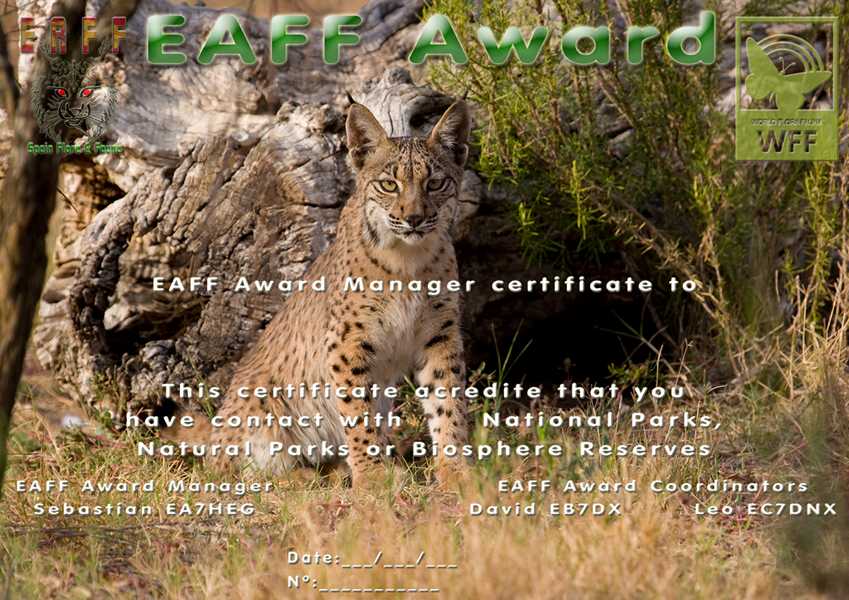
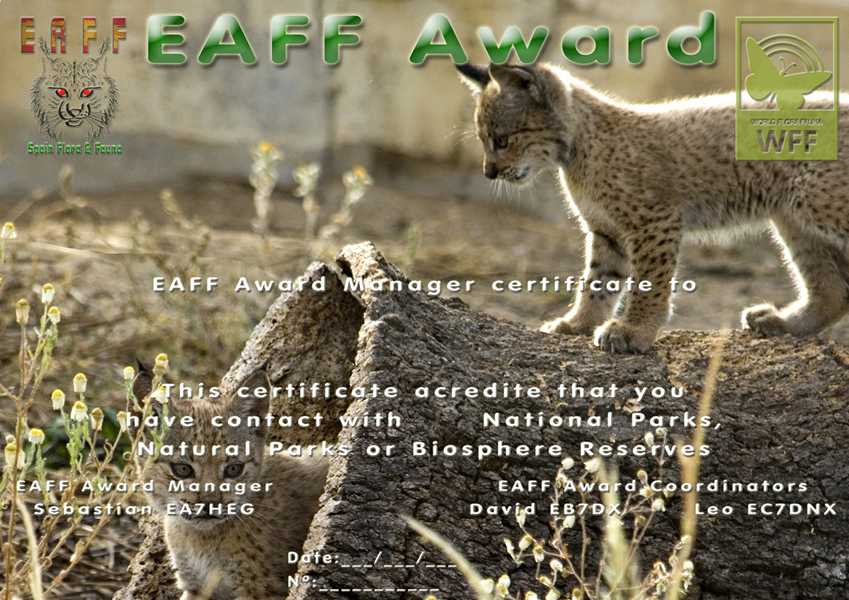
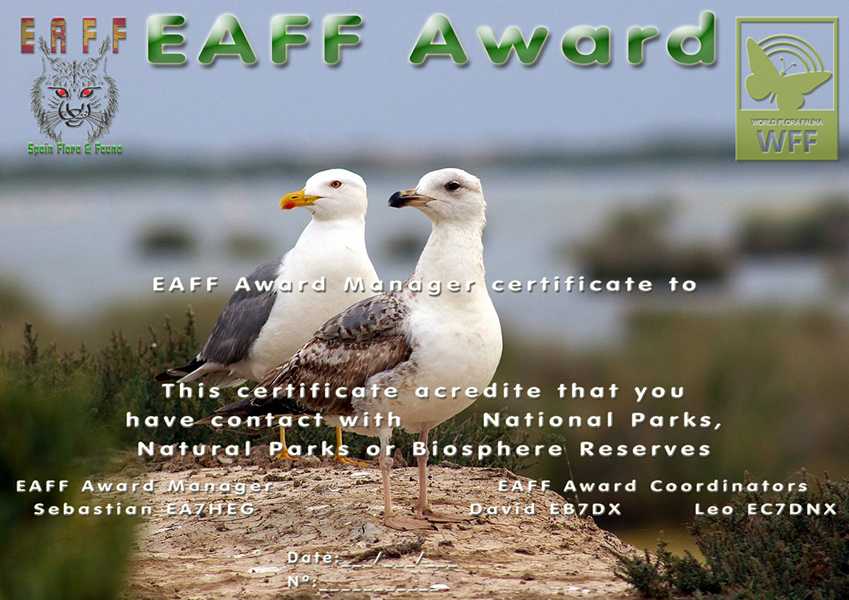
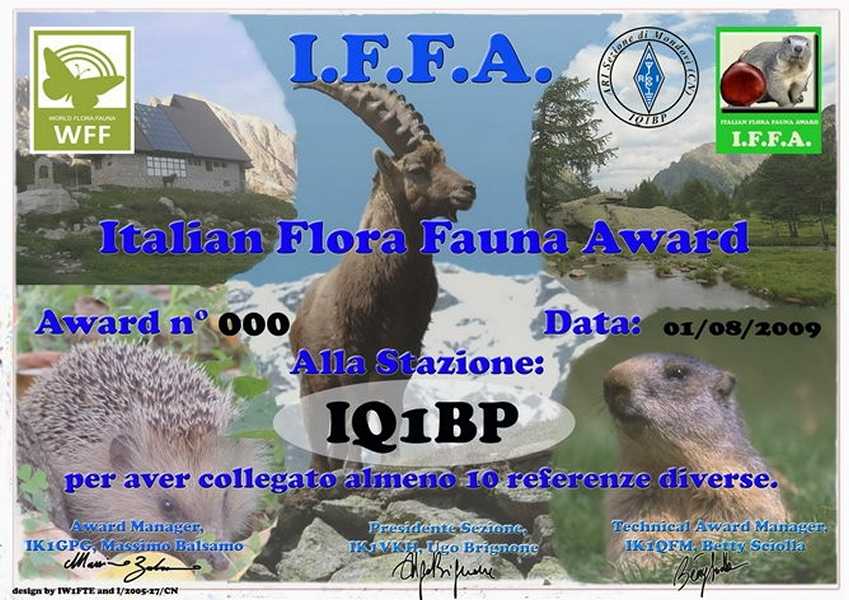
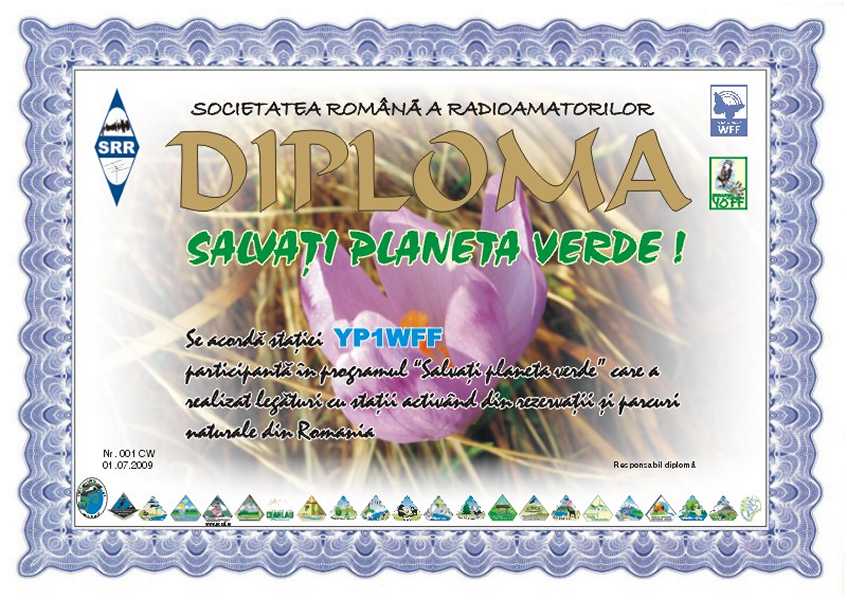
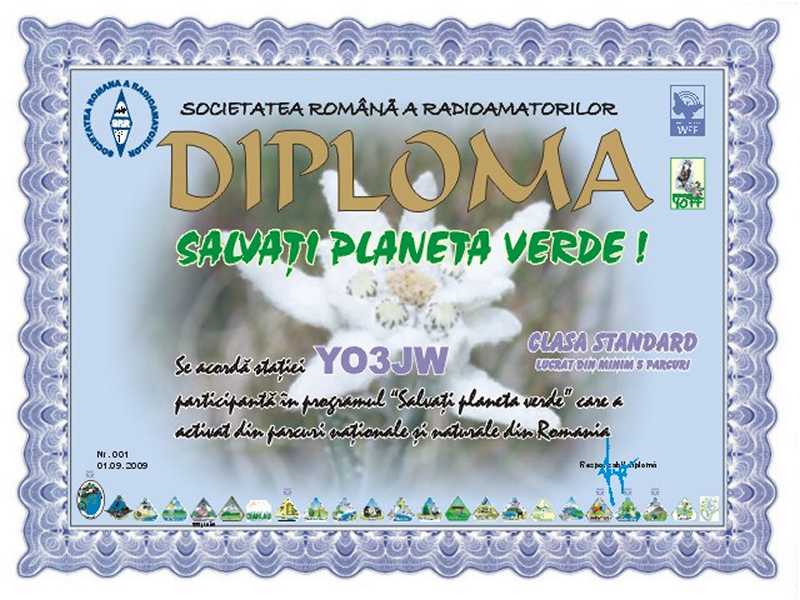
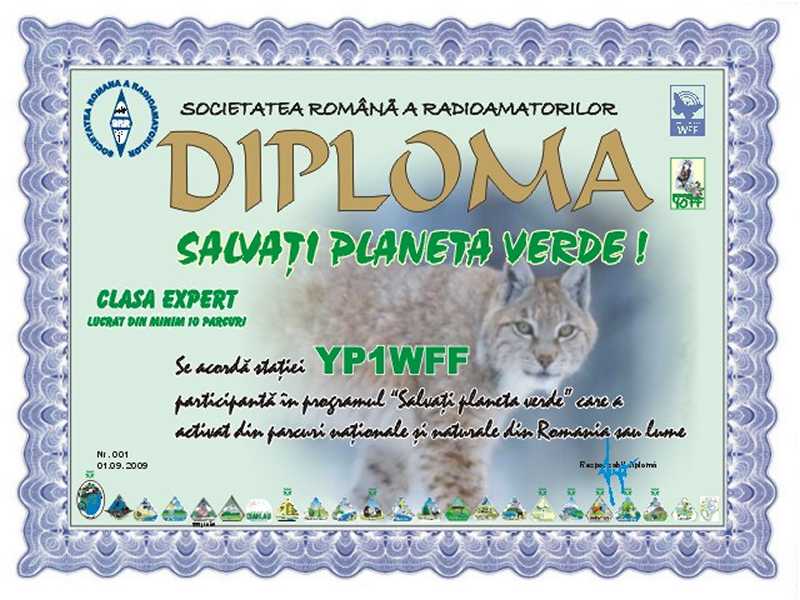
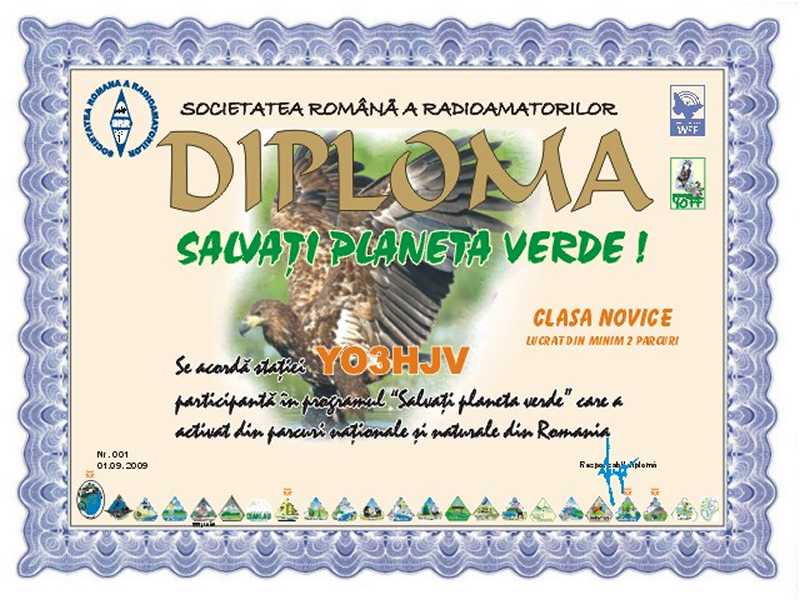
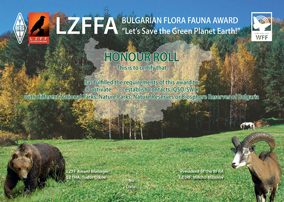
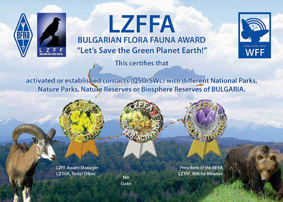
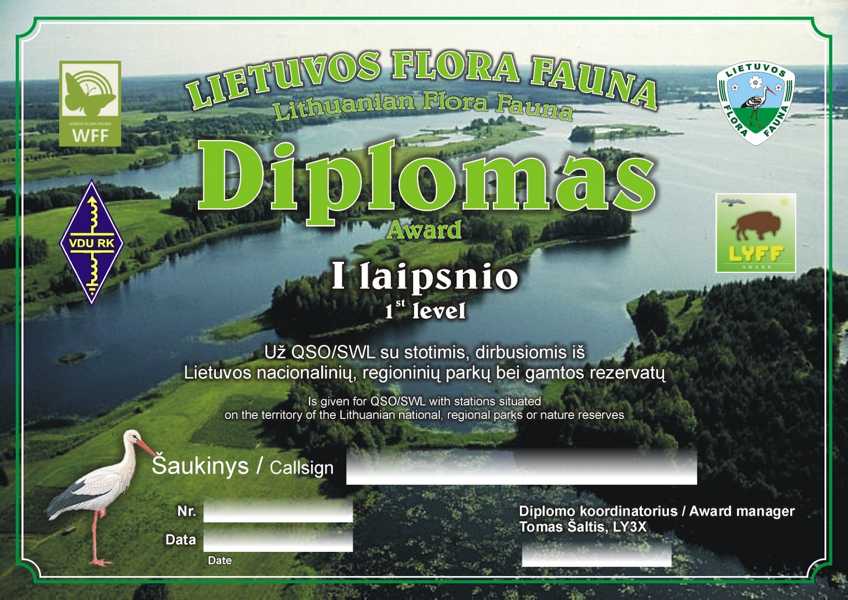
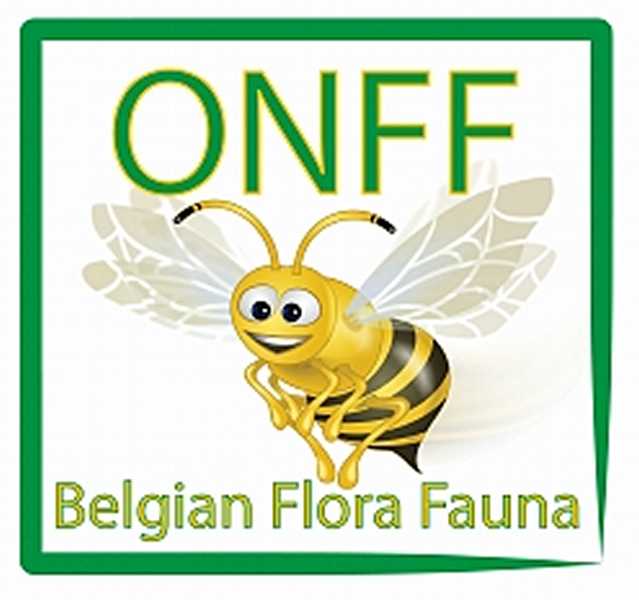

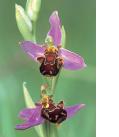 The low pastures and ponds surrounding the old lighthouse (De Vuurtorenweiden) are in distinct contrast to the new, more westerly artificial plateau (De Sashul) which itself stands a full 5 metres higher. They are seperated by the ‘Barnse Vaartje’, a tree-lined drainage ditch carrying run-off from the coastal road.
The low pastures and ponds surrounding the old lighthouse (De Vuurtorenweiden) are in distinct contrast to the new, more westerly artificial plateau (De Sashul) which itself stands a full 5 metres higher. They are seperated by the ‘Barnse Vaartje’, a tree-lined drainage ditch carrying run-off from the coastal road.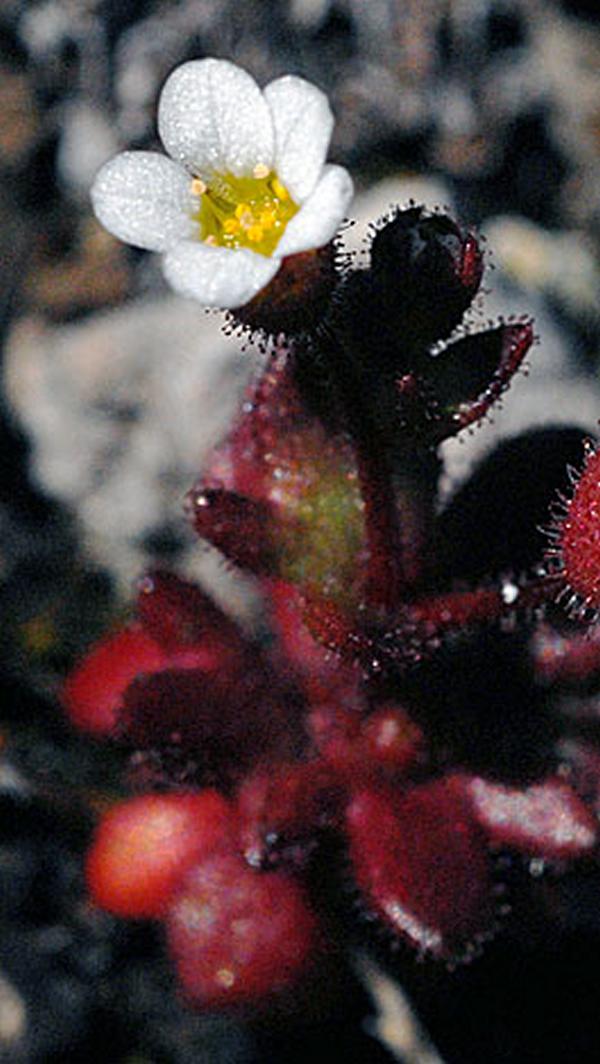 of the ‘Sashul’ is therefore very similar to the natual physical environment of the young, calcaerous coastal dunes. This can be sen very clearly from the vegitation. The shallow depressions which are mainly flooded in winter and spring, and dry in late summer, are covered with a pioneer vegitation mostley found in moist dune valleys. Here you can find ‘knotted pearlwort’, ‘lesser centaury’ and ‘brookweed’ along with species remeniscent of the salty origin of the raised sand : ‘sea pearlwort’, ‘strawberry clover’, ‘buck’s-horn plantain’ and ‘sea aster’. the moderatly or very dry ‘dune’ ridges are covered with
of the ‘Sashul’ is therefore very similar to the natual physical environment of the young, calcaerous coastal dunes. This can be sen very clearly from the vegitation. The shallow depressions which are mainly flooded in winter and spring, and dry in late summer, are covered with a pioneer vegitation mostley found in moist dune valleys. Here you can find ‘knotted pearlwort’, ‘lesser centaury’ and ‘brookweed’ along with species remeniscent of the salty origin of the raised sand : ‘sea pearlwort’, ‘strawberry clover’, ‘buck’s-horn plantain’ and ‘sea aster’. the moderatly or very dry ‘dune’ ridges are covered with 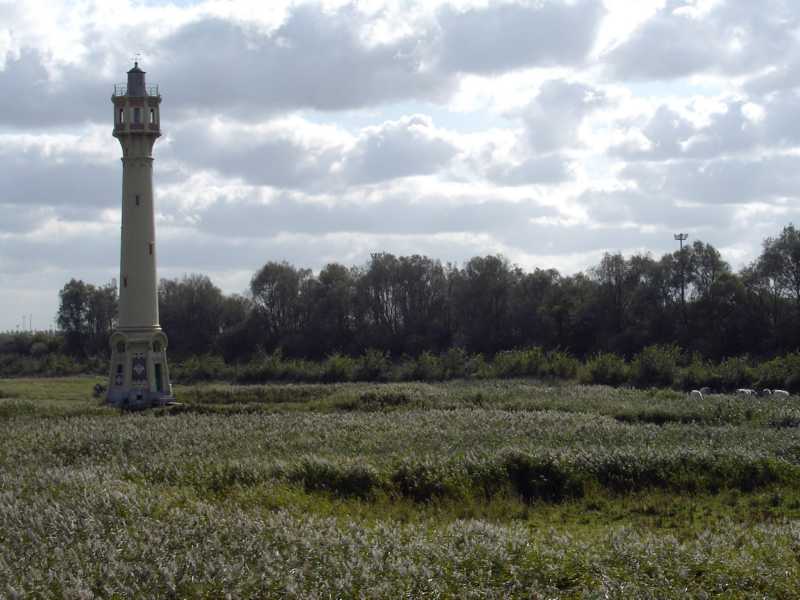 dune grassland vegitation with ‘rue-leaved saxifrage’, ‘sea mouse-ear’, ‘lesser hawkbit’, ‘bird’s foot-trefoil’ and ‘field modder’.
dune grassland vegitation with ‘rue-leaved saxifrage’, ‘sea mouse-ear’, ‘lesser hawkbit’, ‘bird’s foot-trefoil’ and ‘field modder’.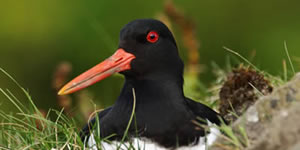 Nevertheless the inconspicuous ‘jacksnipe’ often stops here to feed whilst his much sturdier cousin, the ‘woodcock’, takes a rest in the undergrowth and bushes. From early spring to midsummer the shallow pools and surrounding open land covered in short grass witness an explosion of insect life, which in turns attracts many feeding birds. The shingle beaches around the pools become very popular with the ‘little ringed plover’ and the ‘pied wagtail’, whilst the short vegetation of the banks and shallow pools attract meadow birds (‘northern lapwing’), coastal birds (‘oystercatcher’ and ‘common redshank’) and water birds (‘mallard and coot’).
Nevertheless the inconspicuous ‘jacksnipe’ often stops here to feed whilst his much sturdier cousin, the ‘woodcock’, takes a rest in the undergrowth and bushes. From early spring to midsummer the shallow pools and surrounding open land covered in short grass witness an explosion of insect life, which in turns attracts many feeding birds. The shingle beaches around the pools become very popular with the ‘little ringed plover’ and the ‘pied wagtail’, whilst the short vegetation of the banks and shallow pools attract meadow birds (‘northern lapwing’), coastal birds (‘oystercatcher’ and ‘common redshank’) and water birds (‘mallard and coot’). ‘Sashul’ and help to keep the grass cropped short. Their natural enemy the weasel is also present.
‘Sashul’ and help to keep the grass cropped short. Their natural enemy the weasel is also present. 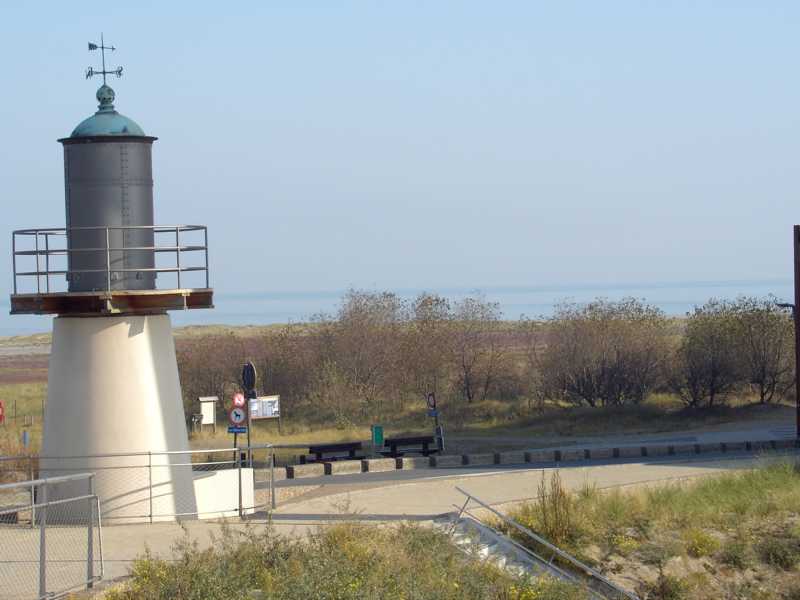 including the ‘common toad’, ‘common frog’, ‘european water frog’ and ‘smooth newt’.
including the ‘common toad’, ‘common frog’, ‘european water frog’ and ‘smooth newt’. 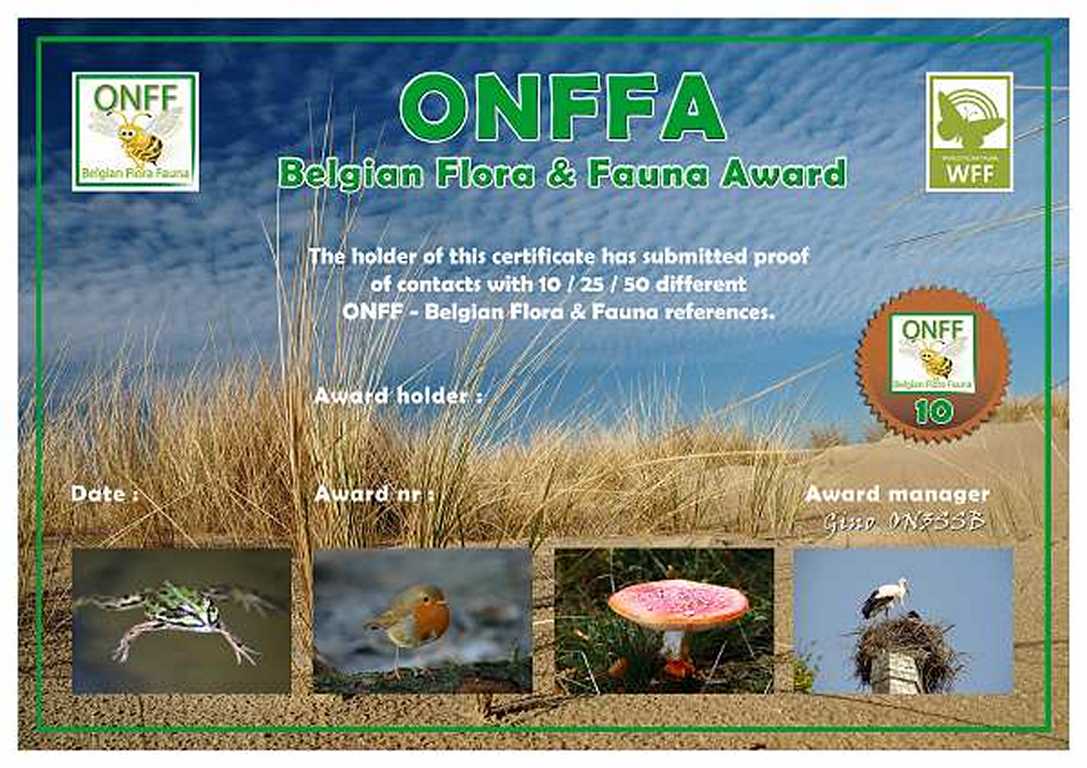
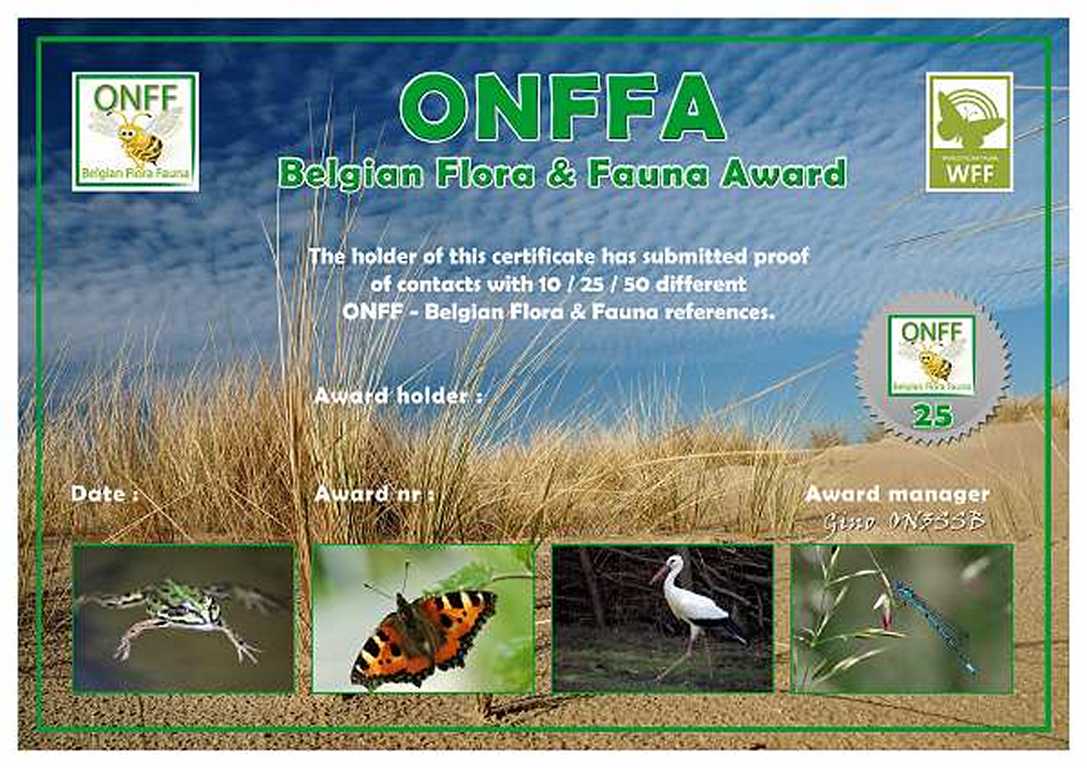
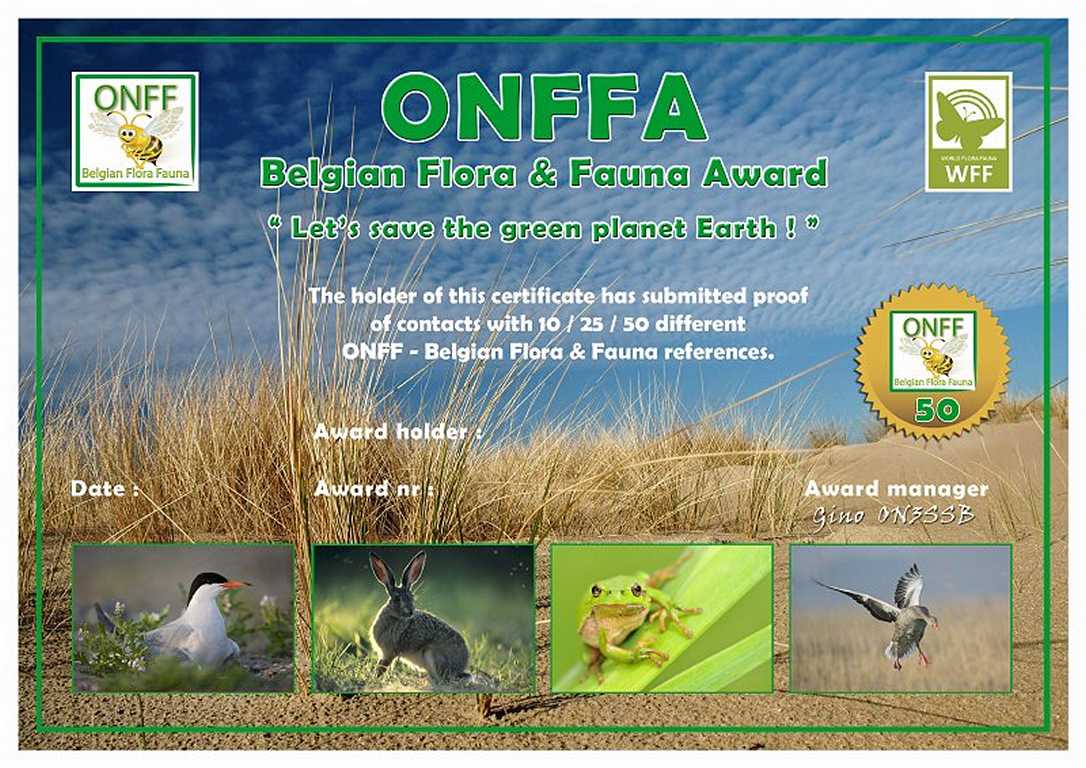
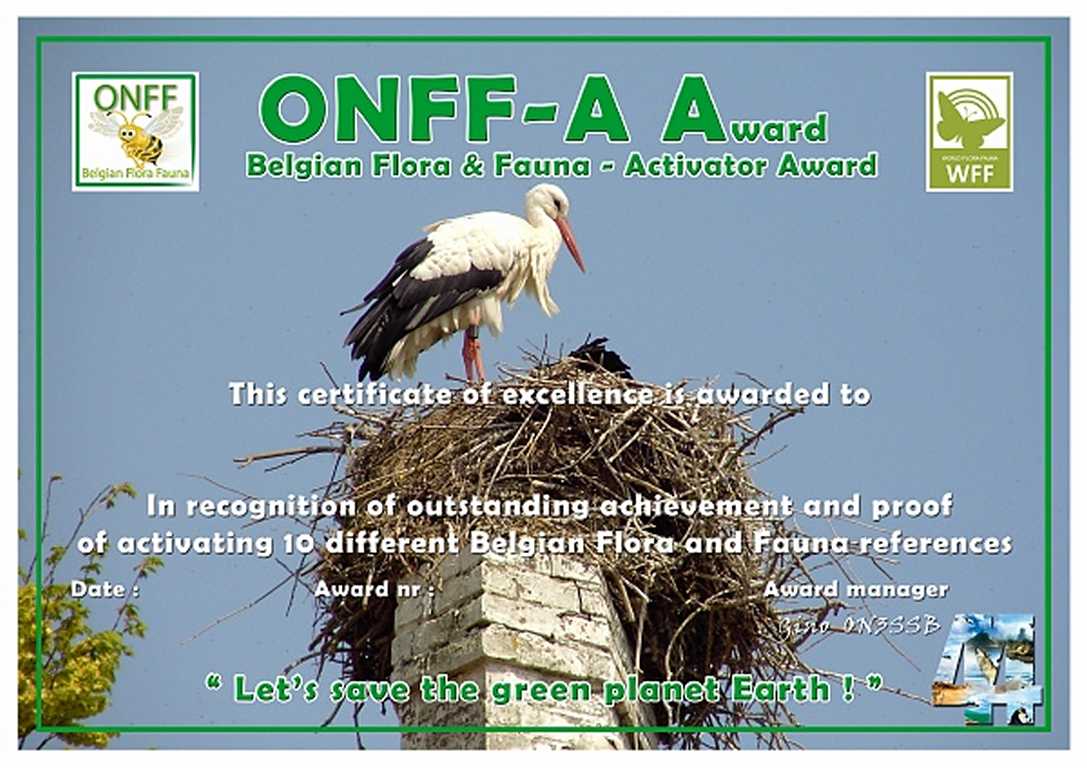
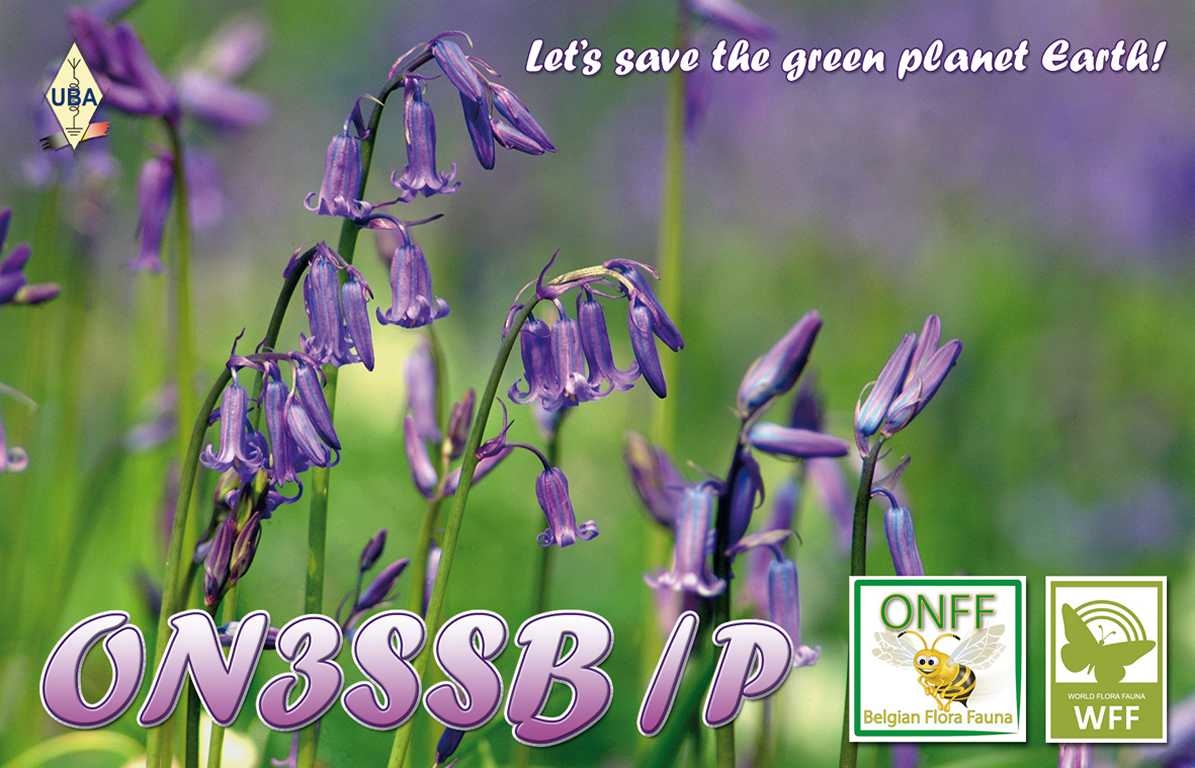
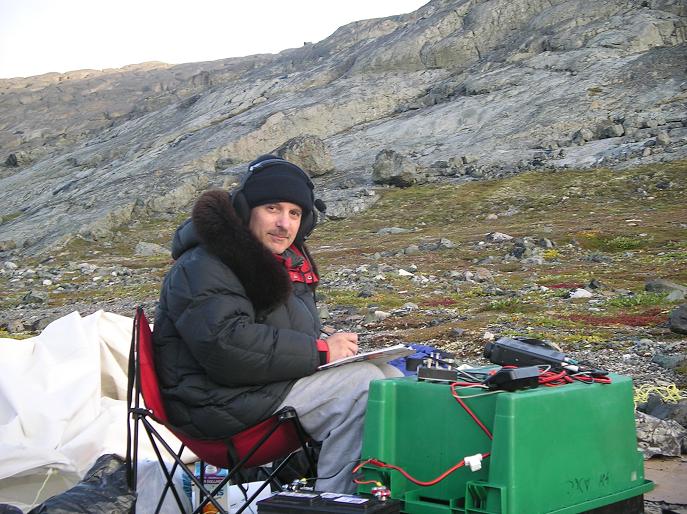


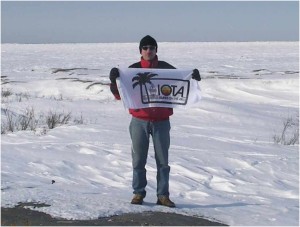 and himself to activate East Pen Island, Nunavut, NA-231 (Zone 4) back in 2007.
and himself to activate East Pen Island, Nunavut, NA-231 (Zone 4) back in 2007. 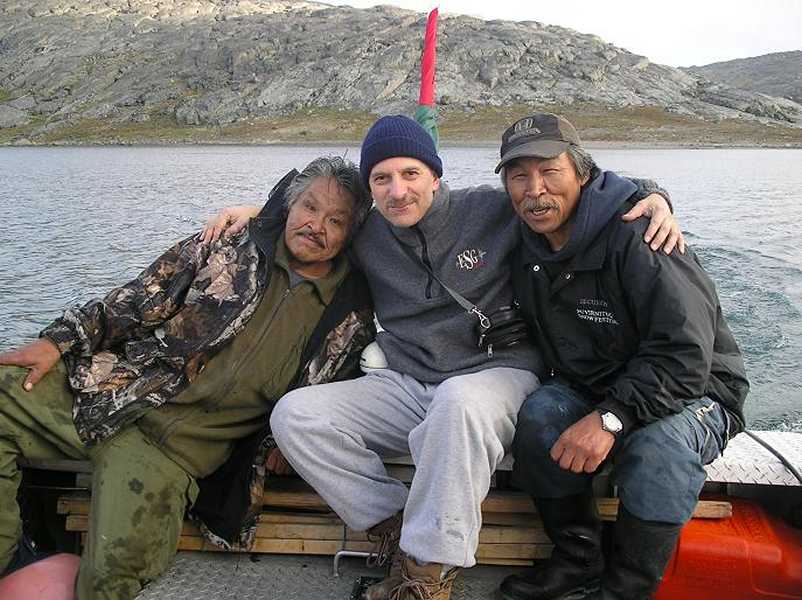
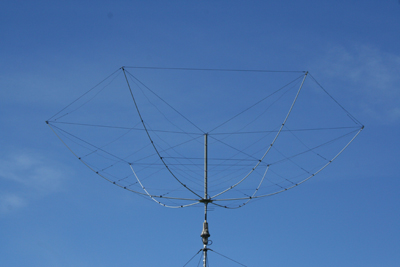
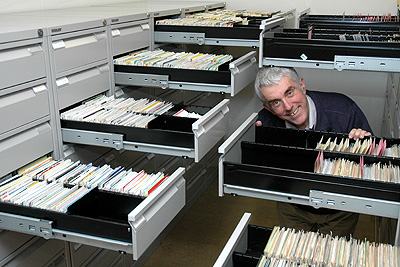
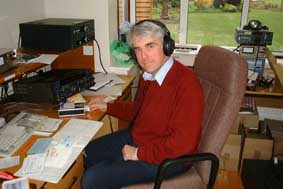 If you would like to see more information of the DX Trips undertaken by Nigel and maybe more about his amazing collection of Qsl Cards then please visit his personal website by clicking on the link below:-
If you would like to see more information of the DX Trips undertaken by Nigel and maybe more about his amazing collection of Qsl Cards then please visit his personal website by clicking on the link below:-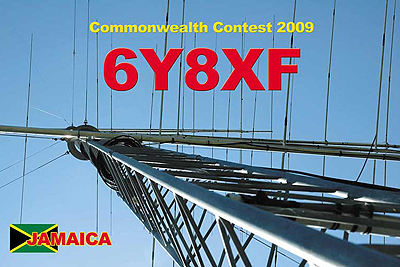
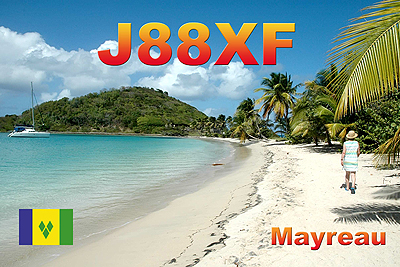
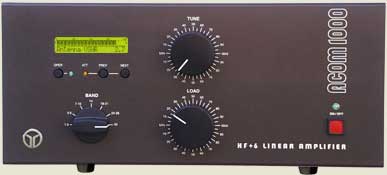
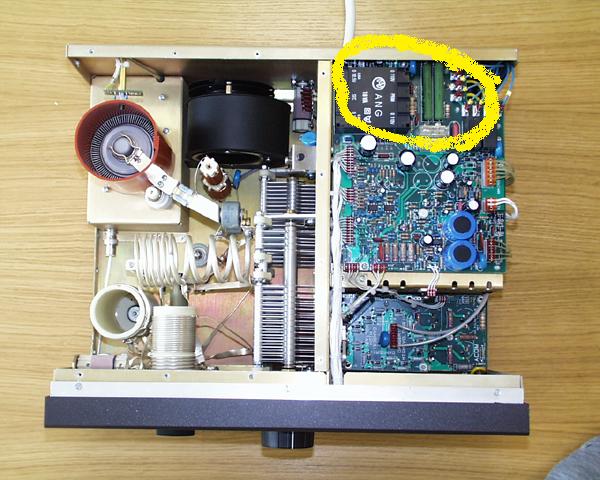
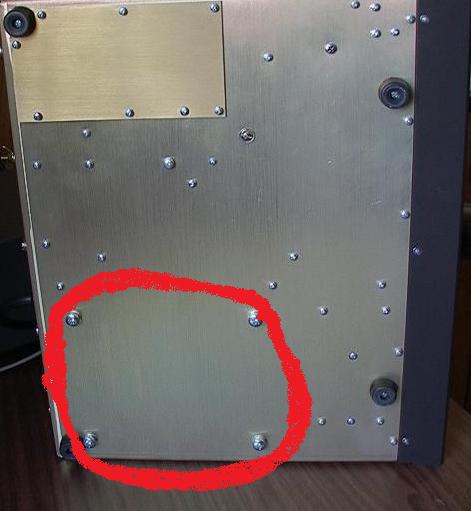
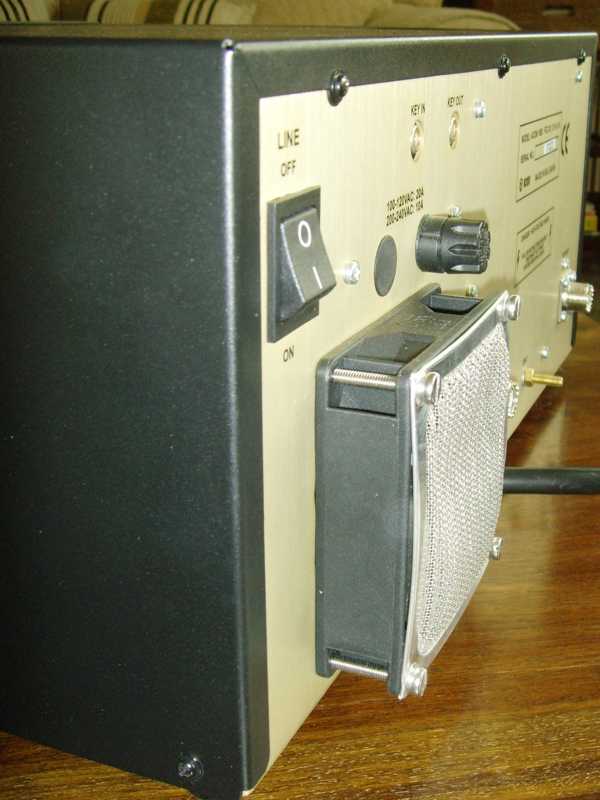 transformer is out you will see that you have a large amount of room now so you can manoeuvre about with ease. Next step is to remove the grill from the rear ventilation space. Just undo the four small screws and remove it.
transformer is out you will see that you have a large amount of room now so you can manoeuvre about with ease. Next step is to remove the grill from the rear ventilation space. Just undo the four small screws and remove it.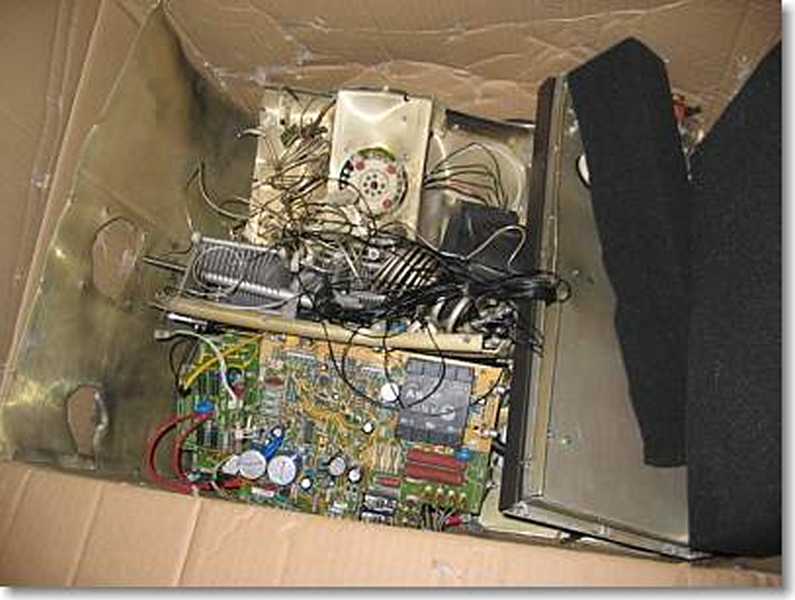
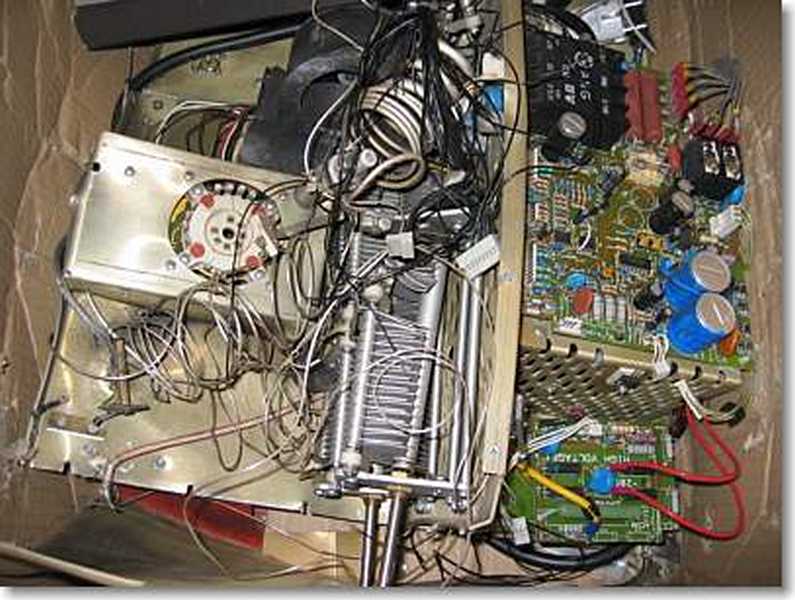

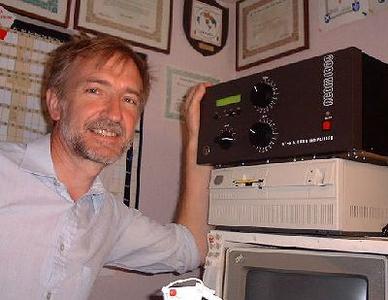
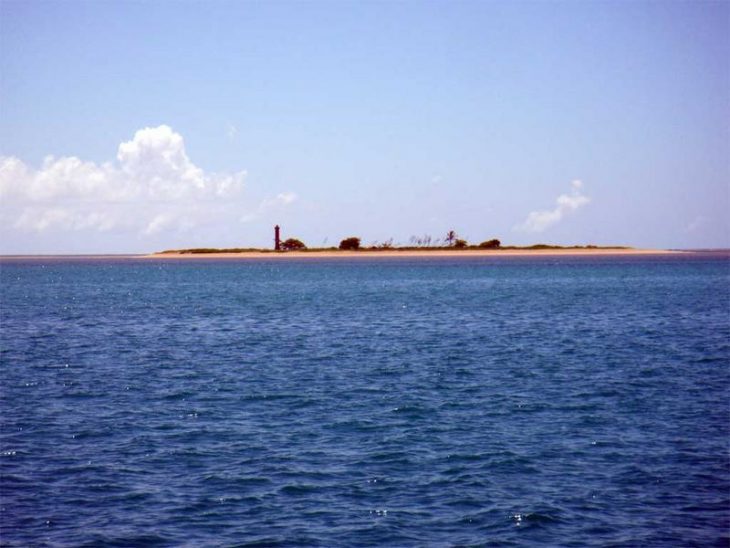
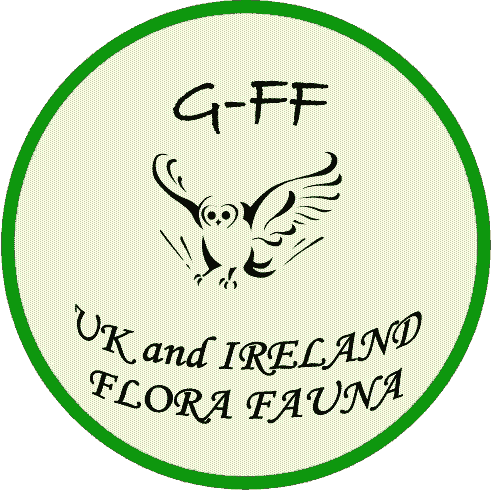
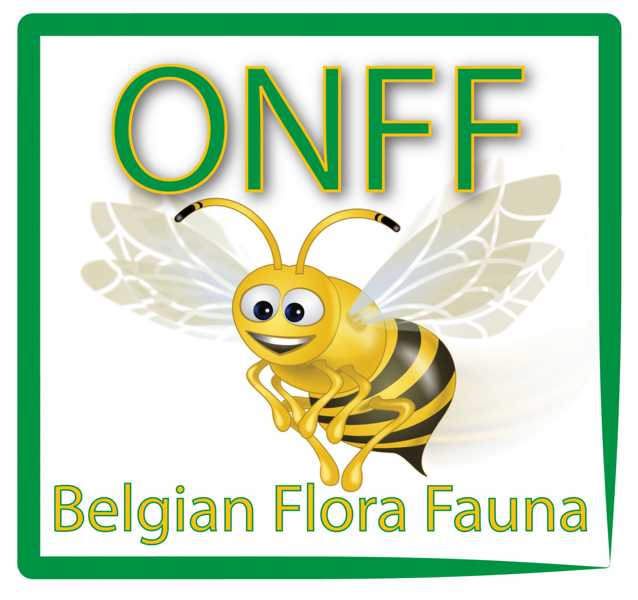 Please keep an ear to the radio and an eye on the cluster and when you hear the ONFF team please give them their support.
Please keep an ear to the radio and an eye on the cluster and when you hear the ONFF team please give them their support.